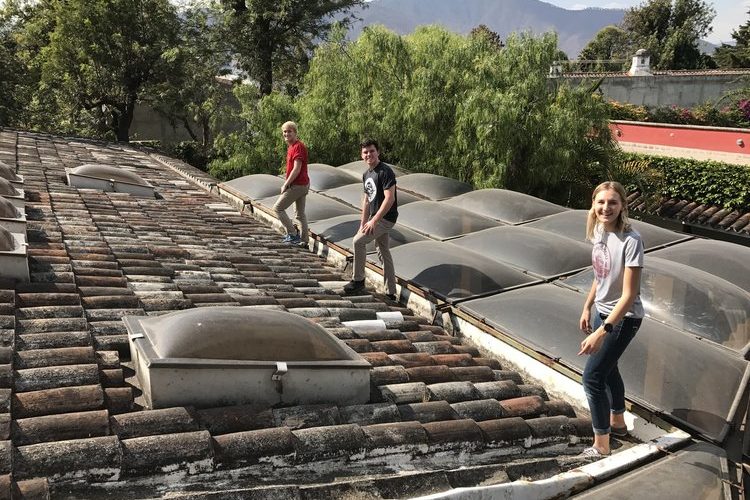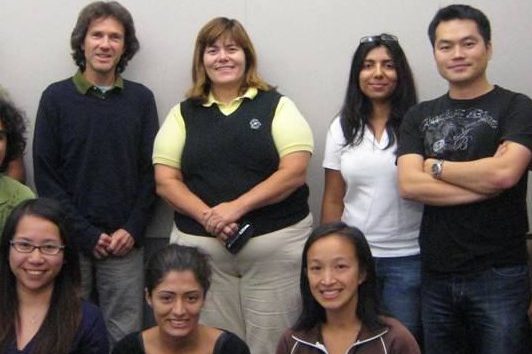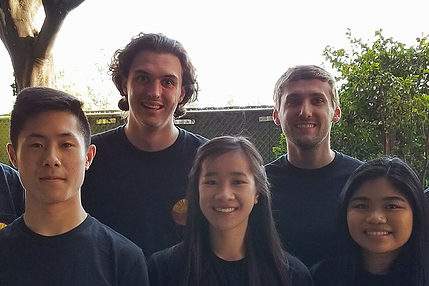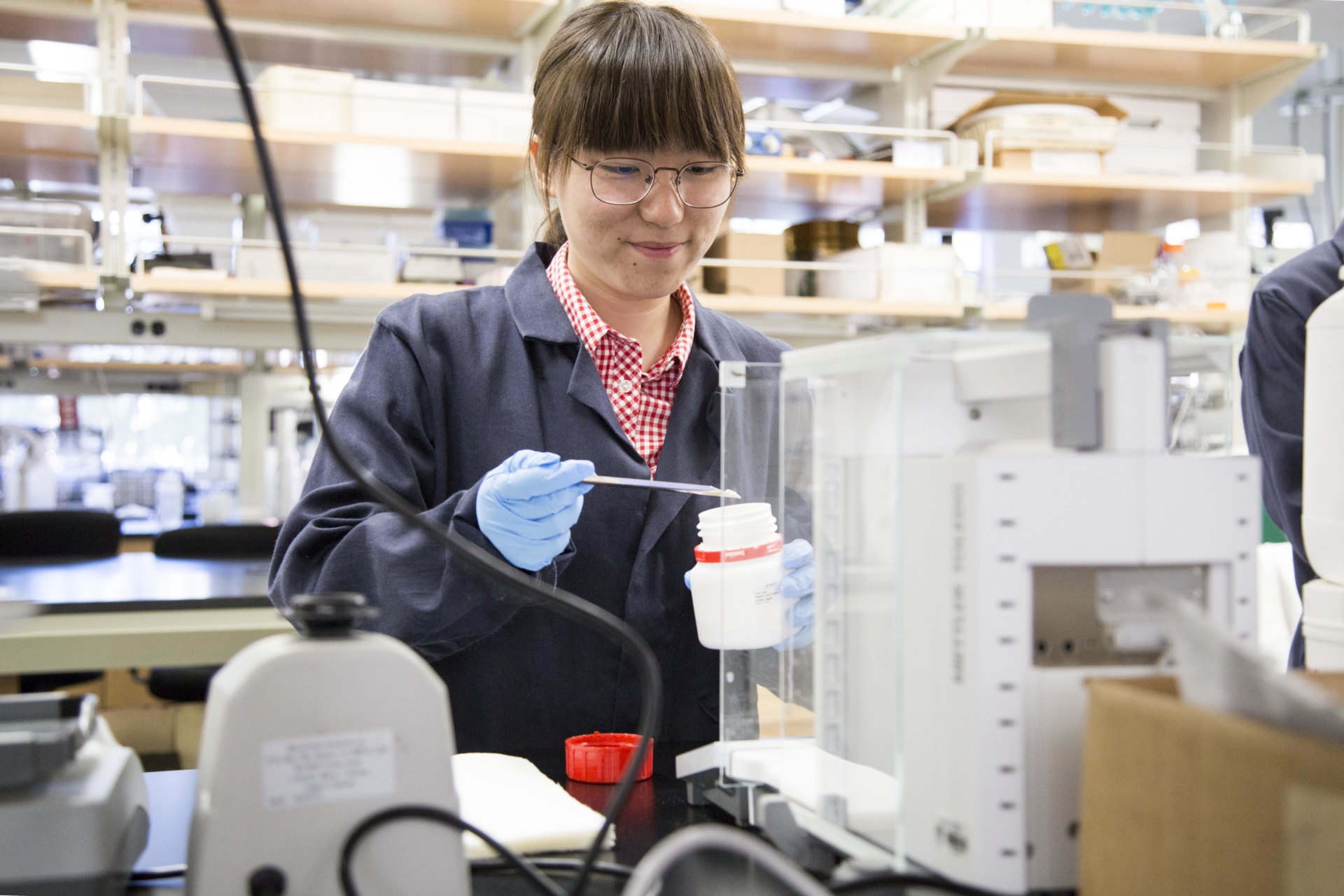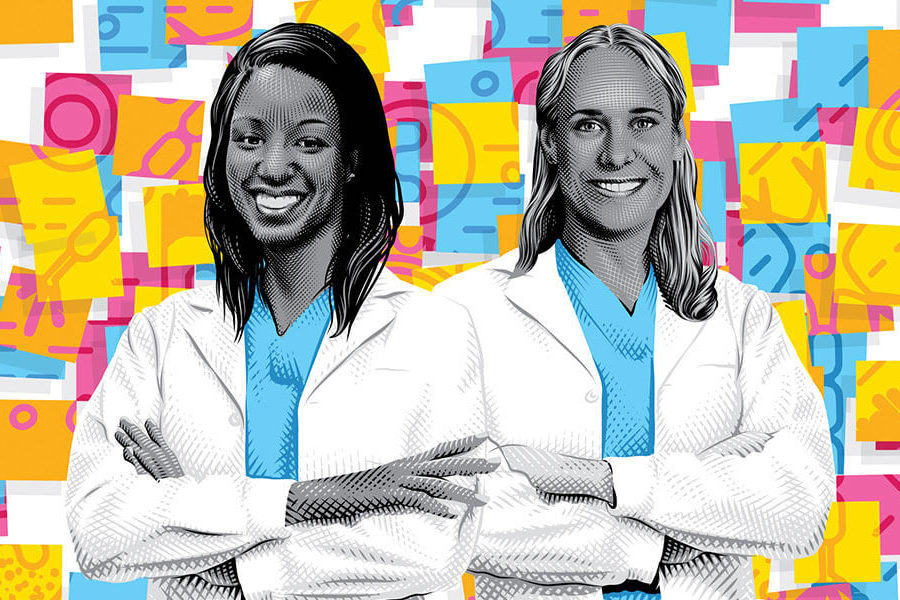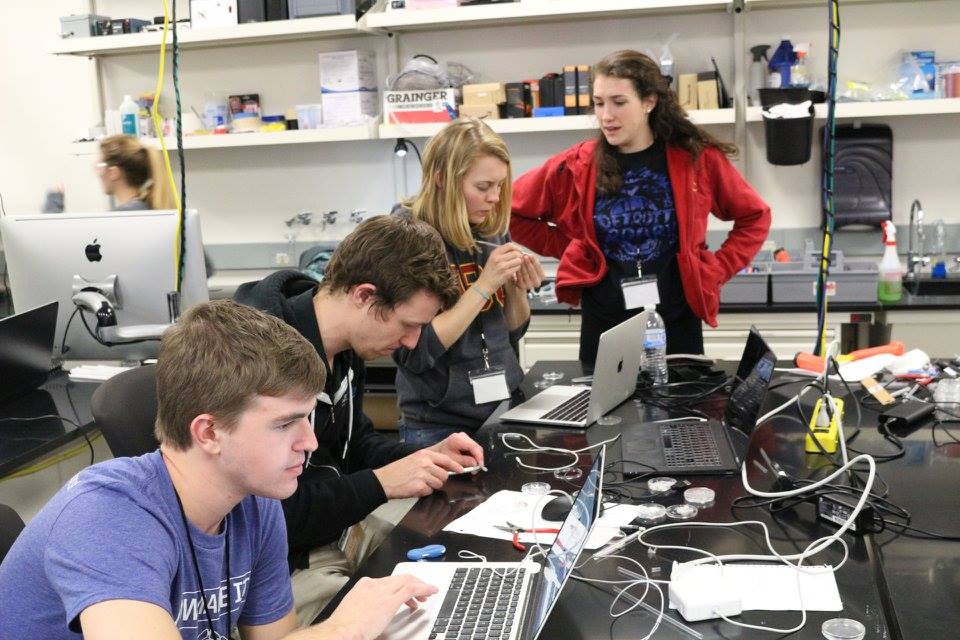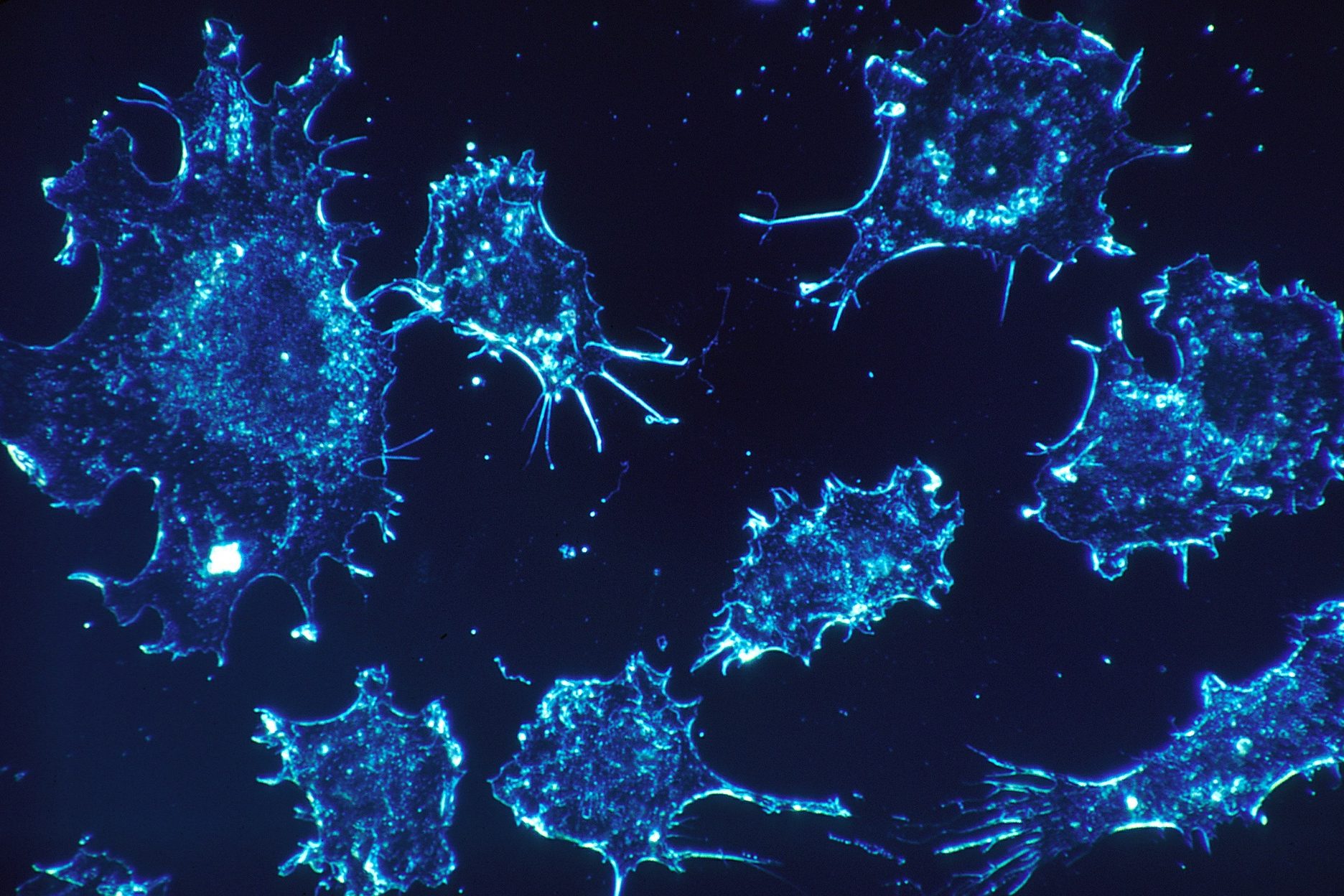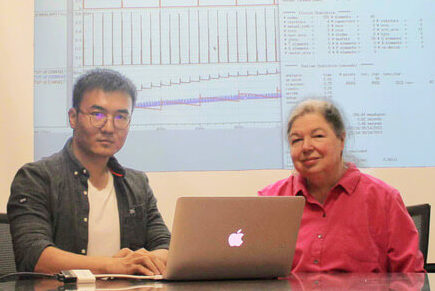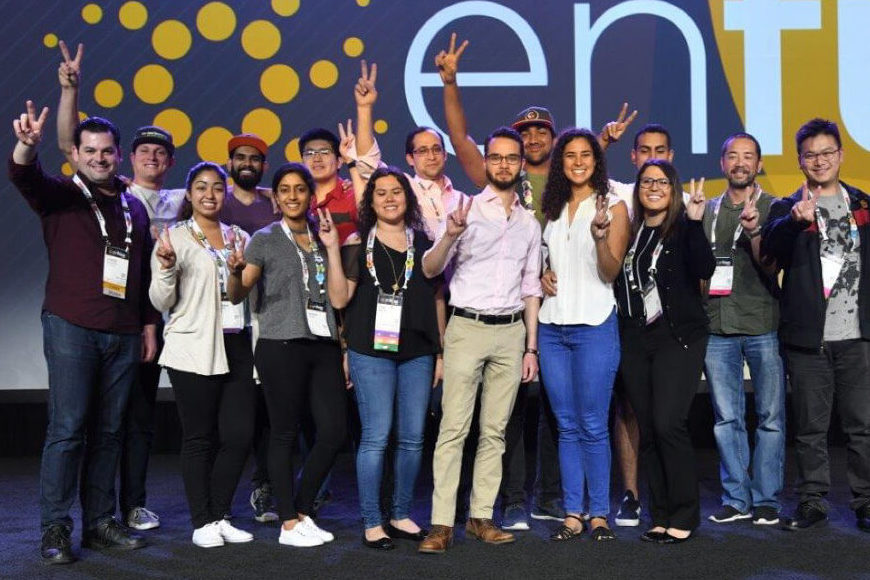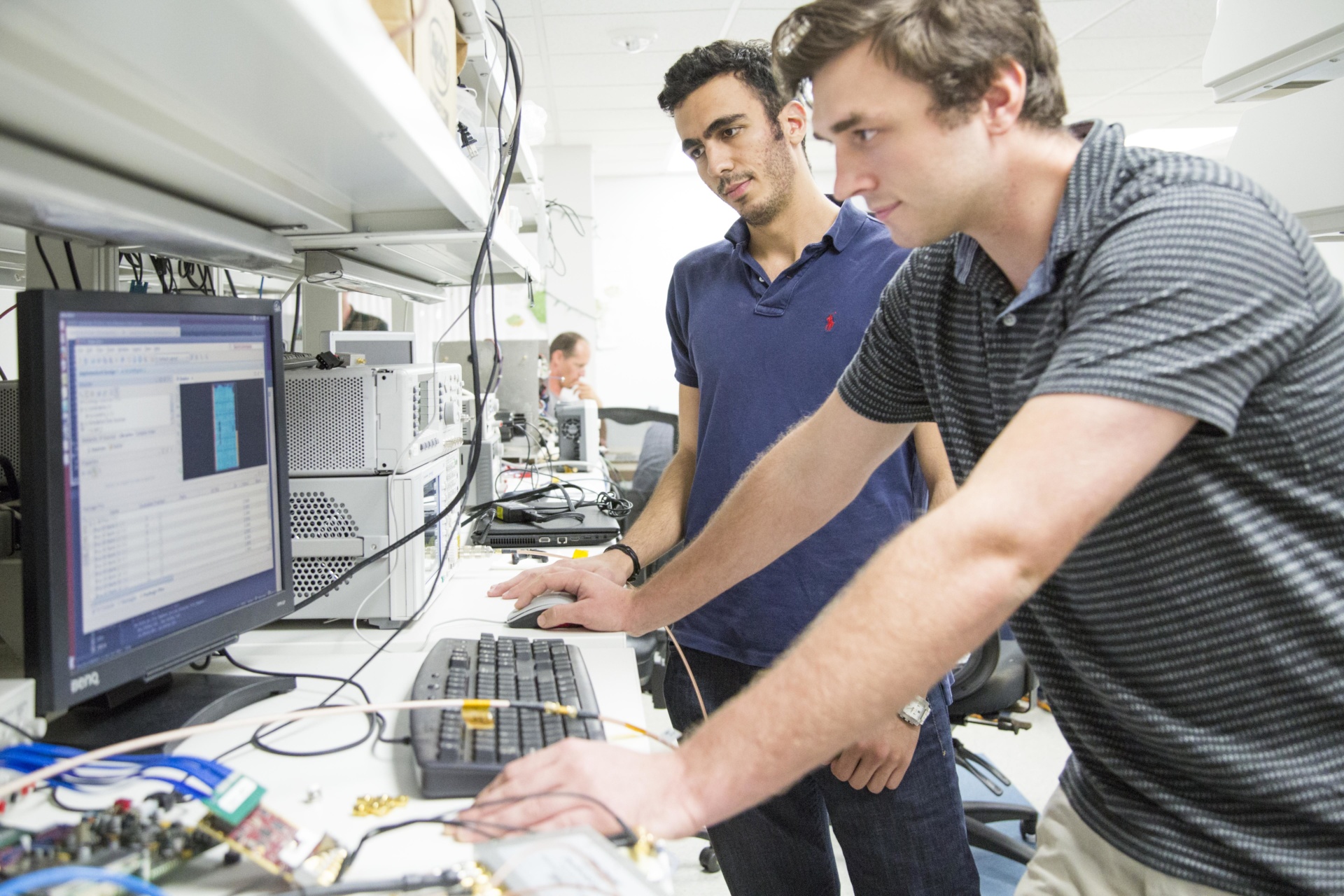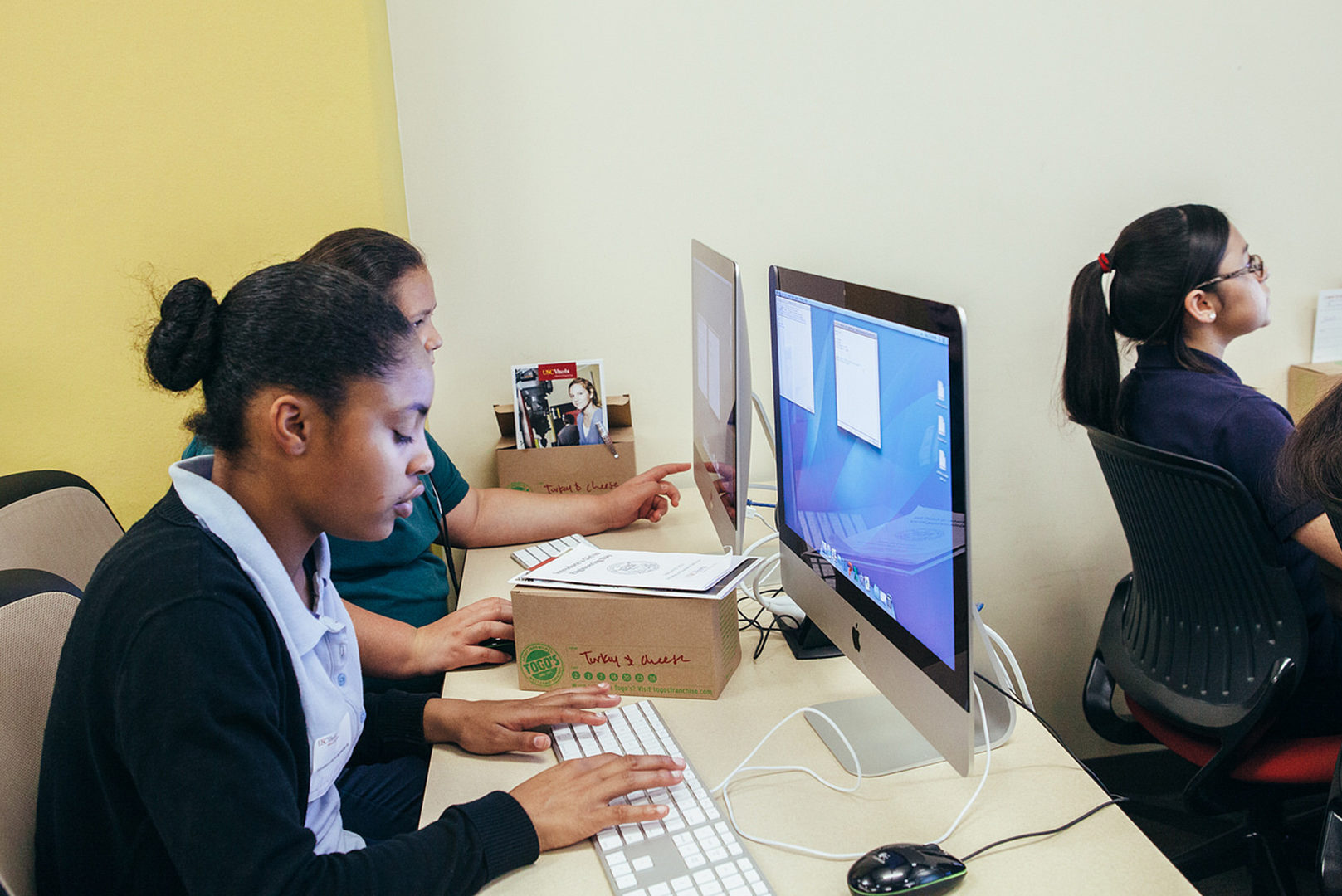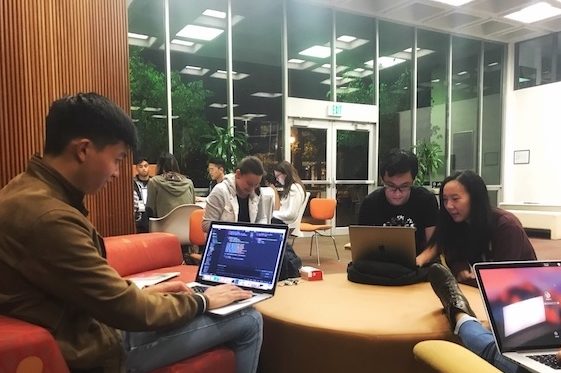NAE Grand Challenges of Engineering
Engineers make good things happen and want to solve the pressing challenges facing society, today and in the future. As an engineer, you will help solve the problems in health and medicine, security, environment, and many other multidisciplinary areas.
With input from people around the world, an international group of leading technological thinkers identified the Grand Challenges for Engineering in the 21st century. These 14 game-changing goals fall into four cross-cutting themes, all directed at improving life on our planet: Sustainability, Health, Security, and Joy of Living.
“The Grand Challenges set a grander scope for our discipline by changing the conversation about engineering, by providing key aspirational goals and by inspiring the new generations about the importance of engineering as the enabling discipline of our times.”
Dean Yannis YortsosUSC Viterbi School of Engineering

Sustainability
Health
Security

The Information Sciences Institute
With roots in early Internet infrastructure research and development, ISI's Networking and Cybersecurity Division carries out a broad program of research spanning the areas of networking scientific investigations, Internet operations and governance, cybersecurity research topics, and a variety of infrastructure projects for experimentation and collaboration.
Joy of Living
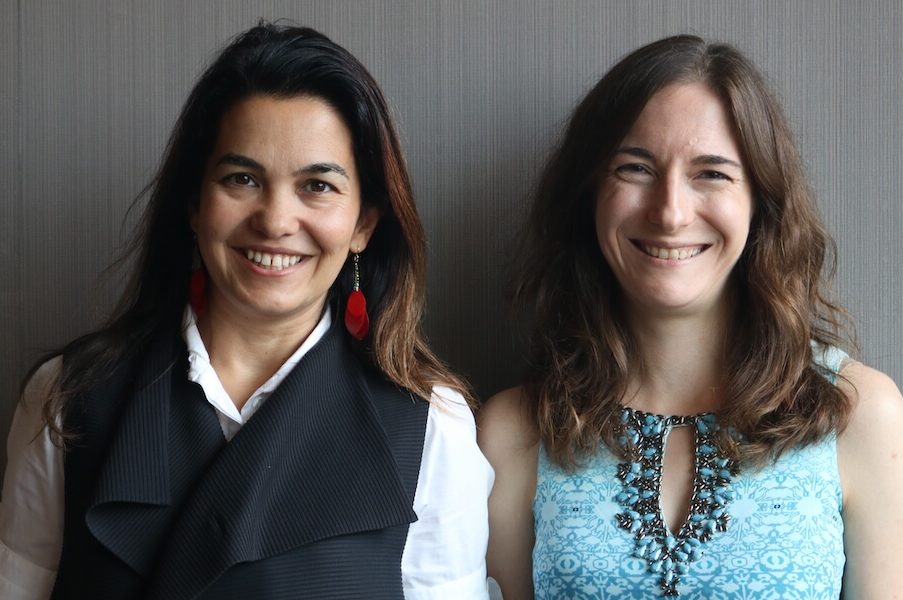
Center for Intelligent Environments
This center supports ground-breaking research and brings together the world’s foremost leaders, scholars, innovators, and intellectuals to engage in dialogue and debate, as well as form partnerships that promote human-centered design and integration of intelligent technologies into built environments.

Signal Analysis and Interpretation Lab
SAIL focuses on human-centered signal & information processing that address key societal needs. Bridging science and engineering, SAILers pioneer behavioral signal processing and behavioral machine intelligence, affective computing, multimodal signal processing, computational media intelligence and computational speech science.

